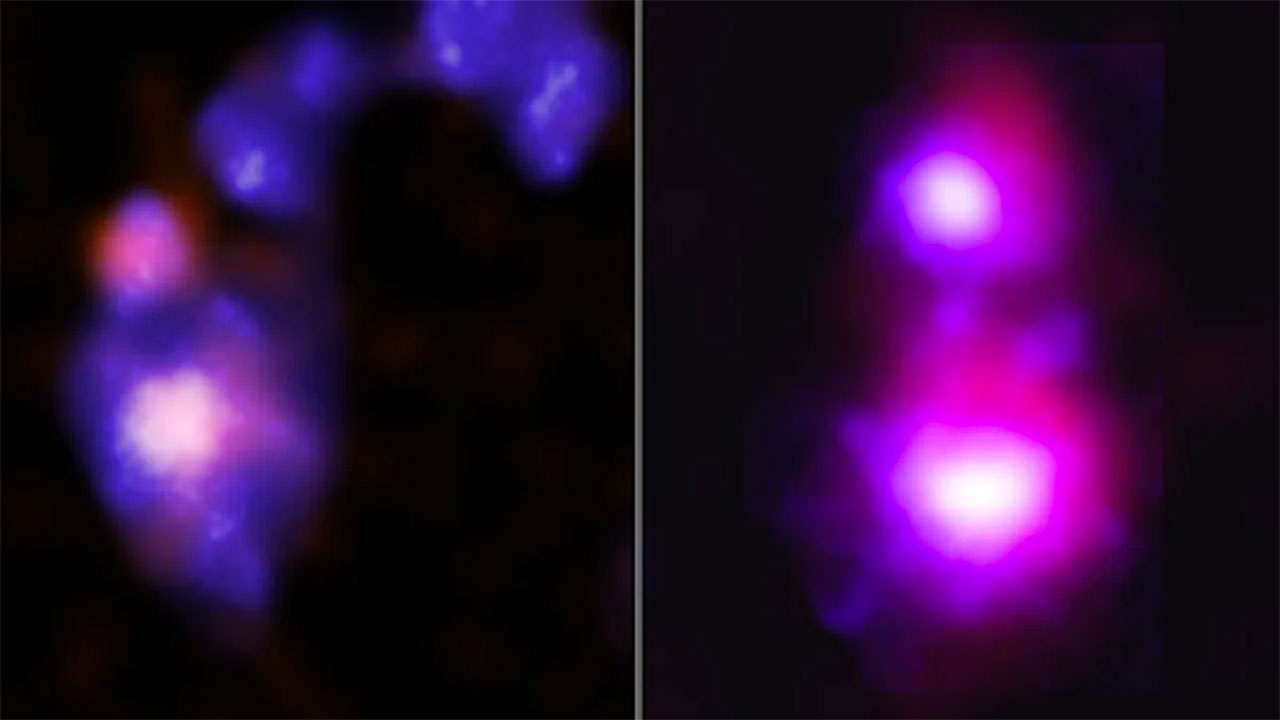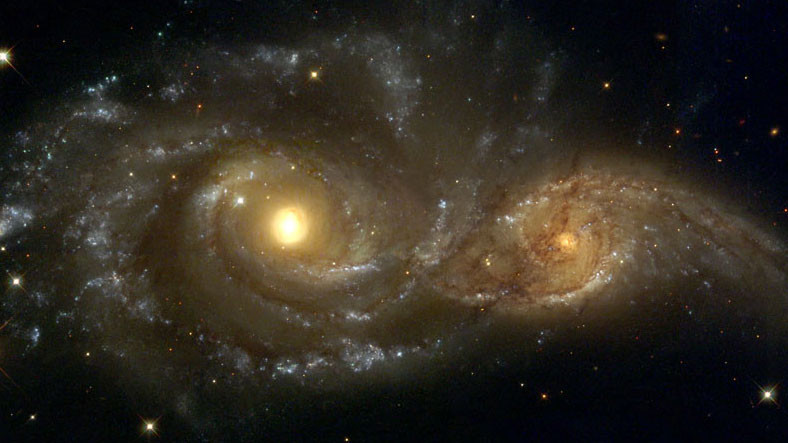Galaxies colliding with each other and eventually feeding their inner black hole have been observed many times so far. But scientists Because they are so far from the Milky Way He could not clearly observe this situation in small dwarf galaxies.
With the evolving technology, this is now possible. Scientists for the first time two dwarf galaxies collide observed, both at two different points. Observation holds great clues to understanding the universe.
Dwarf galaxies collide at two different points in the universe:

- Left: Abell 1758S Right: Abell 133
The first binary collision occurred at a distance of 760 million light years from Earth. Abel 133 observed in the galaxy cluster. The second is 3.2 billion light years away. Abel 1758S found in series. The second collision also included stellar structures lined up as if bridging galaxies.
Observations made by NASA’s Chandra X-ray Observatory are of great interest to the scientific community because they include dwarf galaxies. Because these galaxies are defined as a window to the early times of the universe.
Caused by the collision of dwarf galaxies a galaxy that contains both a giant black hole turns out. In other words, these four observed dwarf galaxies will be the ancestors of galaxies that will form billions of years later.
Therefore, this observed collision may provide new data on how both our own and other galaxies formed.














